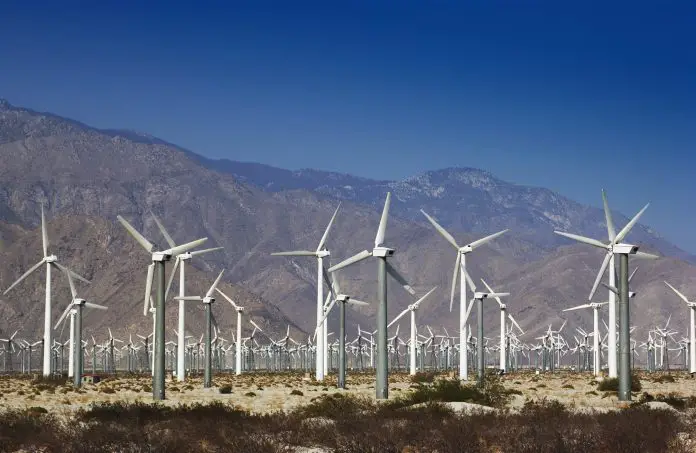As renewable energy generation continues to expand, challenges also arise in managing the balance between supply and demand. A recent report from the California Independent System Operator (CAISO) highlights significant curtailments of solar and wind energy that could impact small business owners looking to adopt or invest in renewable technologies.
In 2024, CAISO curtailed an impressive 3.4 million megawatt-hours (MWh) of utility-scale wind and solar energy, marking a 29% increase from the previous year. This situation stems from the need to ensure grid stability, particularly when generation exceeds demand or when power lines cannot deliver available energy effectively.
Intriguingly, solar energy accounted for an astounding 93% of all curtailed electricity in CAISO last year. This curtailment was especially pronounced during the spring months when solar output peaked while electricity demand remained low due to moderate weather. According to the CAISO, “Solar energy supplies almost half of CAISO’s electricity demand between the hours of 8:00 a.m. and 4:00 p.m., but demand increases in the later evening hours.”
With California’s solar and wind generation capacity soaring from a combined 9.7 gigawatts (GW) in 2014 to a striking 28.2 GW by the end of 2024, managing the energy flow becomes paramount for small businesses relying on renewable energy sources. The operations of CAISO now include strategies to minimize the curtailment of excess renewable energy. These strategies could directly benefit small businesses aiming to invest in sustainable practices.
To combat the issue of curtailments, CAISO is actively looking to enhance energy market transactions. One approach involves trading with neighboring energy authorities to sell the excess solar and wind power generated, thereby optimizing resource use. This is particularly useful for small businesses that may struggle to navigate energy markets independently but could benefit from collective efforts led by larger entities or coalitions.
Furthermore, incorporating battery storage technologies is becoming increasingly essential. These systems allow renewable energy to be stored and used later, providing a buffer for energy-rich periods when there is excess generation. This would particularly benefit small business owners keen on maximizing their investment in solar. As battery capacity within CAISO increased by 45% in 2024, businesses planning to adopt solar can take advantage of leveraging stored energy during peak demand times.
However, small business owners should also bear in mind potential challenges. Despite the progress being made, significant curtailments still happen during peak solar production periods, primarily in spring. Without substantial upgrades to transmission capacity or additional long-term storage solutions, the likelihood of encountering wasted solar power remains high. This could mean investment losses for small businesses if they rely solely on daily energy generation without considering the broader grid dynamics.
Moreover, CAISO’s focus on “flexible resources” capable of quick adjustments to demand increases also carries implications for smaller enterprises. By adopting systems that can rapidly respond to changes in energy demands, businesses can enhance their operational efficiency, but the upfront costs of such systems can pose a hurdle.
As the future unfolds, the anticipated implementation of the Extended Day-Ahead Market (EDAM) by May 2026 aims to provide CAISO with additional tools to sell solar energy effectively. For small business owners, this could mean increased accessibility to a more stable renewable energy market, along with clearer pathways for integrating sustainable energy solutions into their operations.
Striving for an efficient energy landscape is crucial, not just for larger corporations but also for the backbone of the economy—small businesses. Investing in renewable energy technology remains prudent, and understanding the intricacies of how grid operators manage supply and demand can empower owners to optimize their energy use and make informed decisions moving forward.
For the detailed analysis, you can view the original report here.
Image Via Envato: SteveAllenPhoto999



